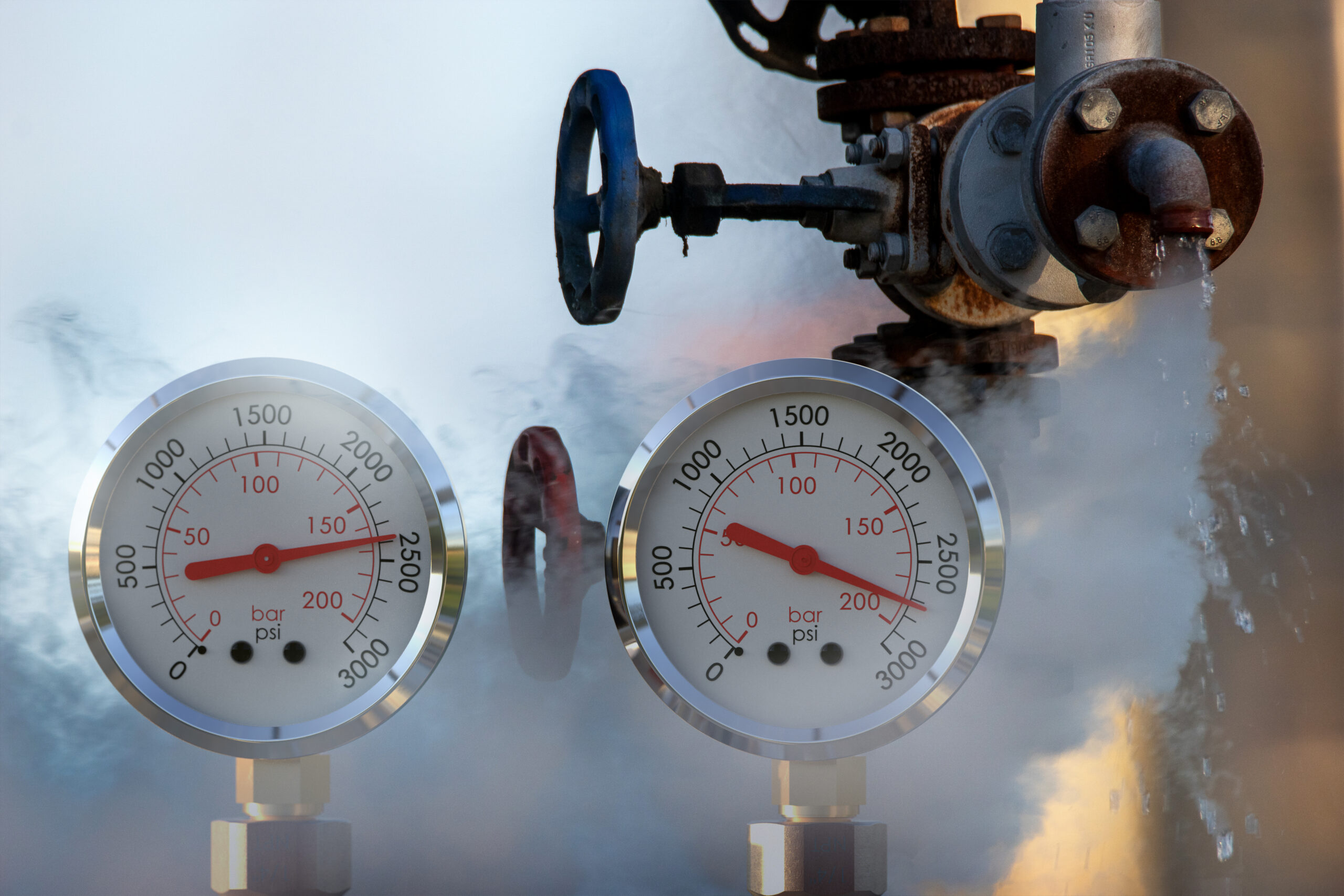

Retrofit Before Replacement: Why Boiler Upgrades Don’t Work for Many Large Buildings
Low(er)-cost steam distribution retrofits can reduce emissions now and save capital funds for long-term deep carbon reduction goals.
Read
Since starting our blog in 2013, we have authored hundreds of articles to promote knowledge-sharing within the industry. Within these posts, you will find topical overviews, technical deep-dives, op-ed pieces, and more.
Filter Blog Posts